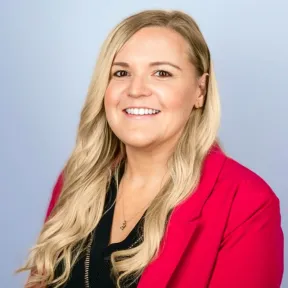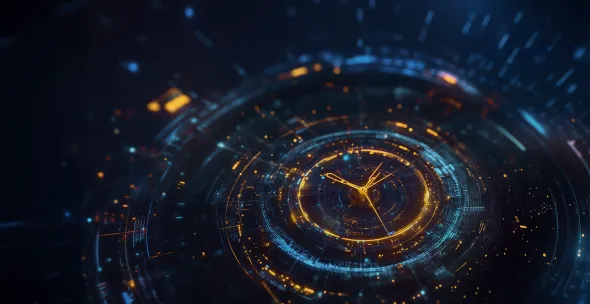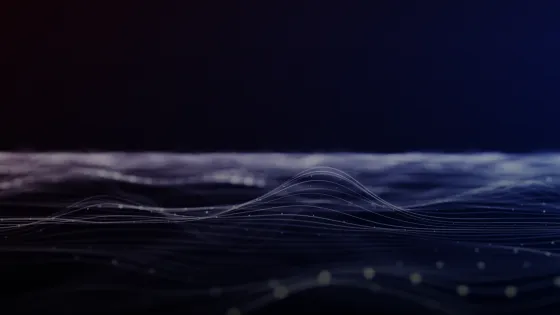What Microsoft End of Support (EOS) really means for your business (and why you should act now)

Holly Rae
Workplace Practice Lead
Technology moves fast. One minute you're running smoothly on a trusted system, and the next you're hit with a Microsoft announcement that says your business-critical software is reaching End of Support (EOS).
If you've been relying on Exchange Server 2016/2019, SharePoint 2016/2019, or Windows 10, now is the time to take action—because when EOS hits, things can get messy.
But what does End of Support actually mean? And why should you care? This series of blogs breaks down what End of Support means for your business and what you can do about it.
What happens when Microsoft products reach End of Support?
Simply put, when a Microsoft product reaches EOS, Microsoft stops providing updates, security patches, and technical support. That means:
- No more security updates: Your system becomes an easy target for cybercriminals.
- No more bug fixes: If something breaks, you're on your own.
- No more technical support: If you run into a problem, you won't be able to call Microsoft for help.
- Compliance risks: In regulated industries (finance, healthcare, legal), running outdated software could put you at risk of non-compliance.
- Operational headaches: Legacy systems become harder to manage, slowing down productivity and making collaboration a nightmare.
If you think "It’s fine, we’ll just keep using it for now,” you might want to reconsider. Hackers actively seek out and target unsupported software because vulnerabilities are no longer patched. And if you’re in a compliance-heavy industry, running outdated systems could lead to legal and financial consequences.
Which Microsoft Products are hitting EOS soon?
Here are the key Microsoft products reaching End of Support:
- Exchange Server 2016 and Exchange Server 2019: EOS October 14, 2025
- Windows 10: EOS October 14, 2025
- SharePoint Server 2016 And SharePoint Server 2019: EOS July 14, 2026
- Skype for Business Server 2019: EOS October 14, 2025
Microsoft has given businesses time to prepare, but the clock is ticking. If you’re still running any of these, it’s time to start planning your next steps.
Why does this matter?
Every organisation is different, but End of Support brings common risks that impact security, compliance, cost, and efficiency. Here’s what it could mean for you:
- Security vulnerabilities and cyber risk
Unpatched, outdated software is an open door for hackers. Cyber attacks targeting unpatched systems have cost businesses millions. - Compliance risks and legal headaches
If you work in finance, healthcare, legal, or any other regulated industry, EOS could land you in hot water with regulators. Running outdated software can mean non-compliance with GDPR, FCA, and DORA regulations along with other industry standards. - Rising IT costs and downtime
Outdated systems are expensive to maintain. The longer you delay, the more you’ll pay for emergency fixes, custom support contracts, and unplanned downtime. - Collaboration and productivity gaps
Your teams rely on Microsoft 365 tools for communication and workflow. If you’re stuck on legacy versions of Exchange, SharePoint, or Windows 10, you’re missing out on efficiency gains and integrations that could streamline work and save you time.
What should you do next?
If your organisation is using any of the products listed above, here’s how to get ahead of the EOS deadline:
- Assess your current environment
Identify which systems and applications are affected by EOS. Conduct a risk assessment to understand the impact on security, compliance, and operations. - Explore your upgrade options
Every organisation has unique needs, so it’s important to weigh up your options:
- Migrate to Microsoft 365 (Exchange Online, SharePoint Online, Windows 11/365) for a scalable, secure, and cost-effective solution.
- Upgrade to newer on-premises solutions (Exchange Server Subscription, Windows 11, Hybrid deployments) if cloud migration isn’t feasible yet.
- Consider hybrid models to gradually transition to the cloud without disrupting business operations.
- Plan your migration early
The earlier you start planning, the smoother the transition. Waiting until the last minute could mean rushed decisions, higher costs, and avoidable downtime.
Don’t wait until it’s too late
End of Support isn’t just an IT problem—it’s a business risk. Delaying migration could leave your organisation exposed to security breaches, compliance fines, and unexpected costs. By acting now, you can ensure a smooth, secure, and future-proof transition without the stress of last-minute fixes.
Need help figuring out your next steps?
Claranet’s Microsoft 365 Migration and Optimisation Services help businesses transition smoothly, securely, and with minimal disruption. Get in touch today to start planning your EOS migration.
Related articles

End Of Support FAQs: answering your biggest Microsoft 365 migration questions

How to migrate to Microsoft 365 without disrupting your business

The true cost of ignoring Microsoft EOS

Microsoft Exchange, SharePoint and Windows 10 EOS: What are your options?

Harness Microsoft 365 Copilot for digital success with Microsoft 365 Managed Services
